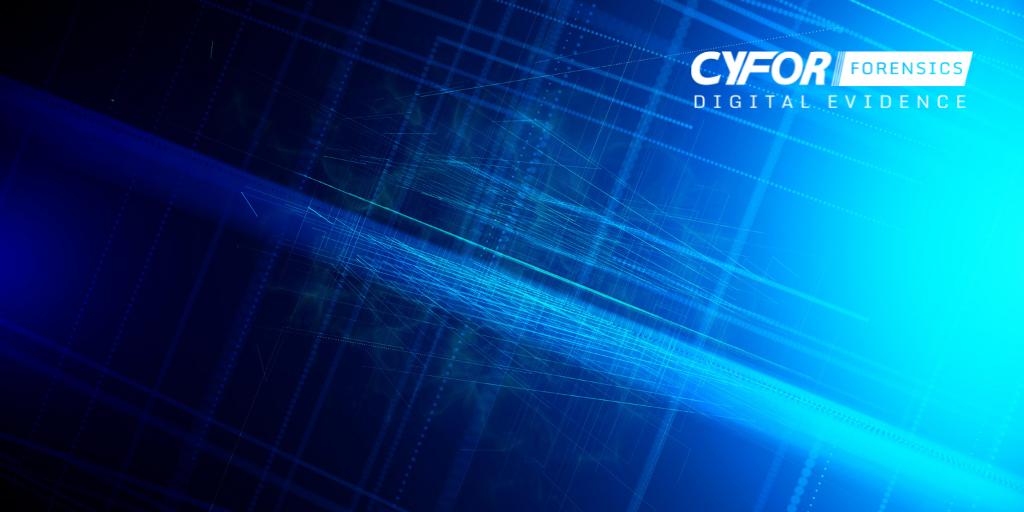Government to limit non-competes in employment contracts

Government to limit non-competes in employment contracts

Government confirms plans to limit non-competes also known as “Restrictive Covenants” in employment contracts.
Non-compete clauses, also known as “restrictive covenants” are a type of post-termination restriction (PTR) that an employer may seek to include in a contract of employment. Non-compete clauses are governed by case law which has developed over time and provides that PTRs will only be enforceable if they are no wider than is reasonably necessary to protect the employer’s “legitimate business interests” such as confidential information and customer connections. If a court deems a PTR too broad or unnecessary in the circumstances, it will be unenforceable.
Limiting the time on non-competes
In 2020, the government published a consultation paper exploring options for reforming the law in this area, which focused on two main alternatives:
- Option 1 – making post-termination non-compete clauses in employment contracts permissible only where the employer provides compensation (most likely a percentage of basic salary) for the period of restraint.
- Option 2 – making all post-termination non-compete clauses in contracts of employment void and unenforceable.
Fast-forward two and half years after it invited comments, the government has, finally, published its formal response to the consultation paper on non-compete clauses. The government has concluded that requiring businesses to pay for a non-compete period “would apply a substantial direct cost to businesses…at a critical junction in our economic recovery”. This is despite the majority of respondents to the consultation being in favour of Option 1. The government also decided that, in its view, banning non-competes altogether may lead to “unintended consequences” such as a “loss of investor confidence” and a “lower appetite for training employees”.
The government has decided to scrap Options 1 and 2 and, instead, to go with “Option 3” – capping the period of a non-compete to three months through legislation.
The consequences of a three-month non-competes
The impact of reducing the duration of a non-compete clause to three months can have several potentially negative consequences.
- Increased employee mobility and enhanced competition:
With shorter non-compete clauses, employees can join competing firms sooner. Any data taken by those employees would have significantly more value at 3 months than at 6 months.
- Retention challenges:
Companies may face increased difficulty in retaining employees, particularly those with valuable skills and expertise. Employees who know they can transition to competitors after a short period may be more inclined to explore alternative job offers, potentially resulting in higher turnover rates.
- Protection of intellectual property:
Shorter non-compete clauses could lead to increased concerns regarding the protection of intellectual property. Companies may be concerned that departing employees could take valuable or sensitive information to competing organizations. It would also mean there is less time for the employer to replace relationships with clients and suppliers.
How can CYFOR Assist
It is even more important to preserve any potential evidence of data theft as early as possible to prevent the data from being used and causing economic and reputational damage. Even if no wrongdoing is suspected it would be good practice to take a forensic image, this image can be stored and investigated at a later date if required.
By having a forensic image taken and documented organisations can evidence the state of an employee’s device at a specific time. This documentation serves as a record of the contents of the device and can be used to establish a chain of custody, ensuring accountability and integrity throughout the process.
If there are concerns regarding the employee’s activities, a forensic image can be crucial for conducting an investigation. It provides a starting point to analyze the employees’ devices for any signs of unauthorised access, intellectual property theft, or policy violations.
In summary, taking a forensic image of devices used by an employee who is leaving is essential for preserving evidence, enabling data recovery, supporting investigations, ensuring legal compliance, establishing documentation and accountability, and protecting intellectual property. It is a proactive measure that assists organisations in managing potential risks and maintaining the security and integrity of their digital environment.
Visit our Corporate Forensics Investigation services to find out more about how we can assist.
Call us today and speak with a Forensic Specialist
Send an enquiry to our experts
After submitting an enquiry, a member of our team will be in touch with you as soon as possible
Your information will only be used to contact you, and is lawfully in accordance with the General Data Protection Regulation (GDPR) act, 2018.